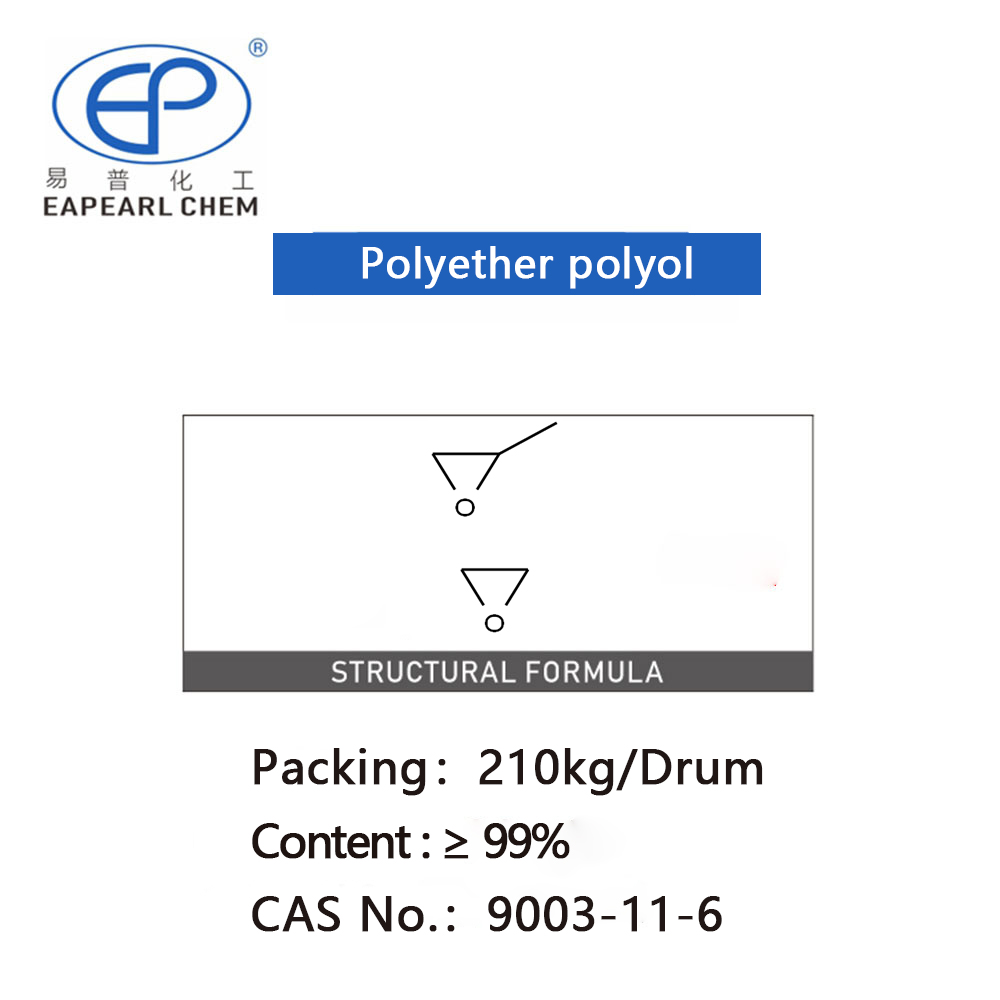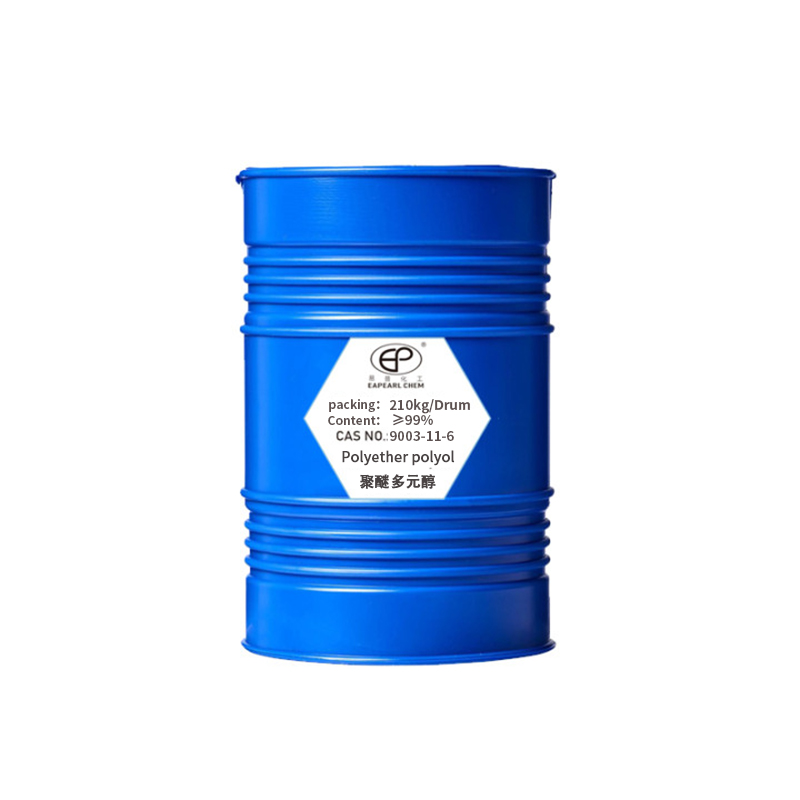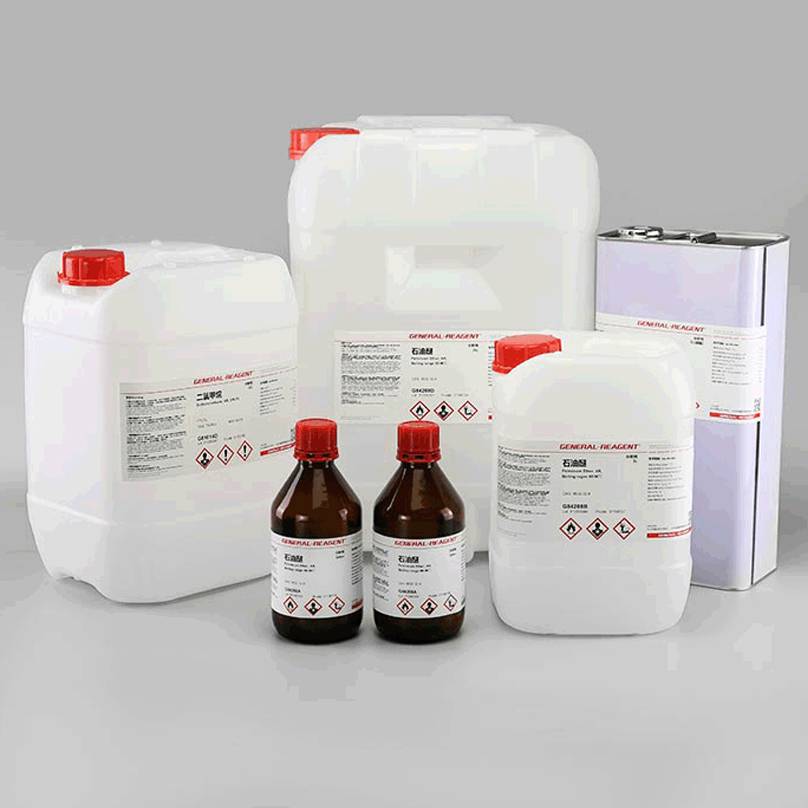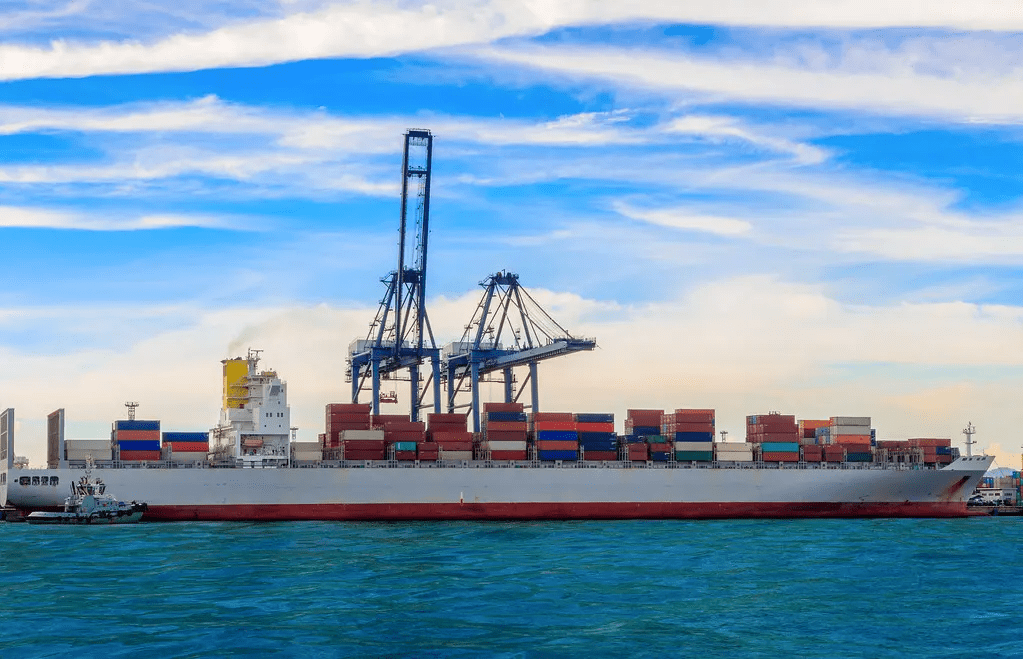Reliable Quality & Fast Delivery for Your Business
Ensure Uninterrupted Production with a Reliable Supplier – Delivered On-Time, Every Time
Nature of Polyether Polyol
Polyether polyol is a key raw material used primarily in the production of polyurethane-based products. It is synthesized through the polymerization of epoxides (like propylene oxide or ethylene oxide) with multifunctional initiators. The resulting polyether polyol offers excellent versatility, chemical stability, and consistency, making it an ideal component for industrial manufacturing processes.


Key Characteristics:
- Viscous liquidwith varying molecular weights and hydroxyl values
- Hydroxyl-functional to react with isocyanates to form polyurethanes
- High reactivityand customizable structure to match your application
- Soluble in water and many organic solvents
- Low volatility,making it safer and easier to handle during production
Polyether Polyol Packaging Information






TPG packaging | Capacity | 20GP | 40GP |
drum | 210 kg /drum | total 80 drums, Net 17.2 ton | total 120 drums, Net 25.8 ton |
IBC drum | 1 ton /IBC drum | total 20 IBC drums, Net 20 ton | total 26 IBC drums, Net 26 ton |
flexibag | 25 ton /flexibag | 1 flexibag, Net 25 ton | N/A |
ISO Tank | 25 ton /ISO Tank | 1 ISO Tank, Net 25 ton | N/A |
Polyether Polyol Industrial Production
When sourcing Polyether Polyol, your focus is on performance, compatibility, and consistency across applications. Our high-purity Polyether Polyol is used globally across a wide range of industries, particularly by manufacturers looking for stable raw materials that can enhance product quality, reduce process downtime, and ensure compliance with international standards.
1.Flexible & Rigid Polyurethane Foams
Used in: Furniture, mattresses, automotive seats, thermal insulation
Ensures uniform cell structure and cushioning
Offers energy efficiency in rigid foams used for construction or refrigeration
Compatible with both TDI and MDI isocyanates
2.Adhesives, Sealants & Coatings (EASCs)
Used in: Flooring adhesives, construction sealants, industrial coatings
Promotes excellent adhesion, flexibility, and water resistance
Enhances mechanical strength and chemical resistance
Ideal for multi-surface bonding in industrial settings
3.Elastomers
Used in: Rollers, gaskets, shoe soles, automotive parts
Provides elasticity, abrasion resistance, and toughness
Used in dynamic applications where stress resistance is essential
Formulated to meet durability and load-bearing requirements
4.Cosmetics & Personal Care (Special Grade)
Used in: Hair care formulations, skin creams, and emulsifiers
Requires high-purity, low-toxicity polyol with cosmetic-grade certification
Offers viscosity control, smooth texture, and emollient properties
Often requested in Dipropylene Glycol/Polyether blend applications
5.CASE Systems (Coatings, Adhesives, Sealants, Elastomers)
Used in: Industrial, construction, and automotive sectors
Allows for custom formulations
Offers balance between flexibility and hardness
Compatible with solvent-based and water-based systems
REQUEST A QUOTE FOR MORE DETAILS
The Dangers and Safety Precautions of Polyether Polyol
Protecting Your Workforce, Equipment, and Compliance Standards
When purchasing and handling Polyether Polyol in bulk, understanding its potential hazards and implementing proper safety procedures is critical—not just for the protection of your workforce, but also for ensuring your facility meets local and international health & safety compliance.


Potential Dangers of Polyether Polyol
Although Polyether Polyol is generally considered to be of low acute toxicity, improper handling or storage may pose the following risks:
Health Risks:
Skin and Eye Irritation: Prolonged or repeated contact may cause irritation.
Inhalation of Vapors: Heating the product during processing can generate low levels of vapor or mist, which may cause respiratory discomfort.
Ingestion: Harmful if swallowed in large quantities.
Fire Hazard:
Polyether Polyol is combustible, especially when exposed to open flames or high temperatures.
Flash point typically ranges between 170–230°C, depending on the molecular weight and formulation.
Environmental Concerns:
While not classified as highly toxic, spills can lead to environmental contamination, especially near water bodies if not contained properly.
REQUEST A QUOTE FOR MORE DETAILS
Technical Data of Polyether Polyol
Product Name: | |
Synonyms: | BLOCK COPOLYMER OF POLYETHYLENE AND POLYPROPYLENE GLYCOL |
CAS: | |
MF: | (C3H6O.C2H4O)x |
MW: | 102.13 |
Melting point | 57-61 °C |
Boiling point | >200 °C(lit.) |
bulk density | 1050kg/m3 |
density | 1.095 g/mL at 25 °C |
vapor density | >1 (vs air) |
vapor pressure | <0.3 mm Hg ( 20 °C) |
refractive index | n20/D 1.466 |
Fp | >230 °F |
storage temp. | 2-8°C |
solubility | H2O: at <70 °Csoluble |
form | solution |
color | APHA: ≤120, 50/50 in CH3OH |
PH | 5.0-7.5 (100g/L in H2O) |
PH Range | 5.0 – 7.5 |
biological source | synthetic |
Water Solubility | Miscible with water. |
λmax | λ: 260 nm Amax: ≤0.3 |
Merck | 13,7644 |
LogP | -1.293 (est) |
REQUEST A QUOTE FOR MORE DETAILS
How can we handle your order?


step 1
We will communicate with you within 24 hours after you send an enquiry.


step 2
If you need sample testing, we will send samples within 5 days,≤50kg, Express delivery recommended, usually called as DDU service; delivery time 5-7 days. Door to door service.


step 3
If you need bulk goods after the sample test is qualified, we will ship the goods to the port and keep the samples within 6 days after the order is confirmed. Sea shipping recommended, usually called as FOB, CFR, or CIF service.delivery time 10-45 days. Port to port service.


step 4
After waiting for you to receive the goods, we will arrange professional staff to pay a return visit within 7 days.


